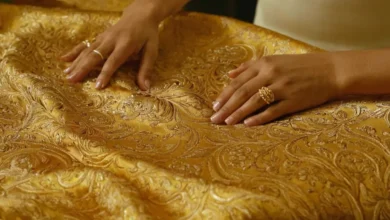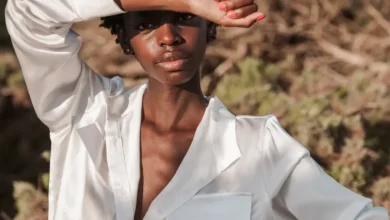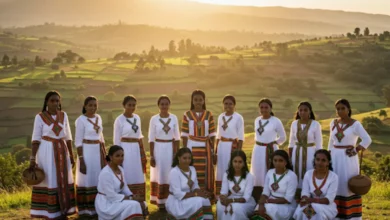Nestled in the rugged peaks of Morocco’s Atlas Mountains, a centuries-old tradition thrives in the hands of Berber women weavers. Known as the Amazigh (meaning “free people”), the Berber communities have safeguarded their textile artistry for generations, transforming raw wool into vibrant, symbolic masterpieces.
These textiles are more than fabric they are living narratives of identity, resilience, and cultural pride. In this article, we explore how Berber weavers preserve Morocco’s ancient textile heritage, balancing tradition with the challenges of modernity.
The Roots of Berber Weaving: A Tapestry of History
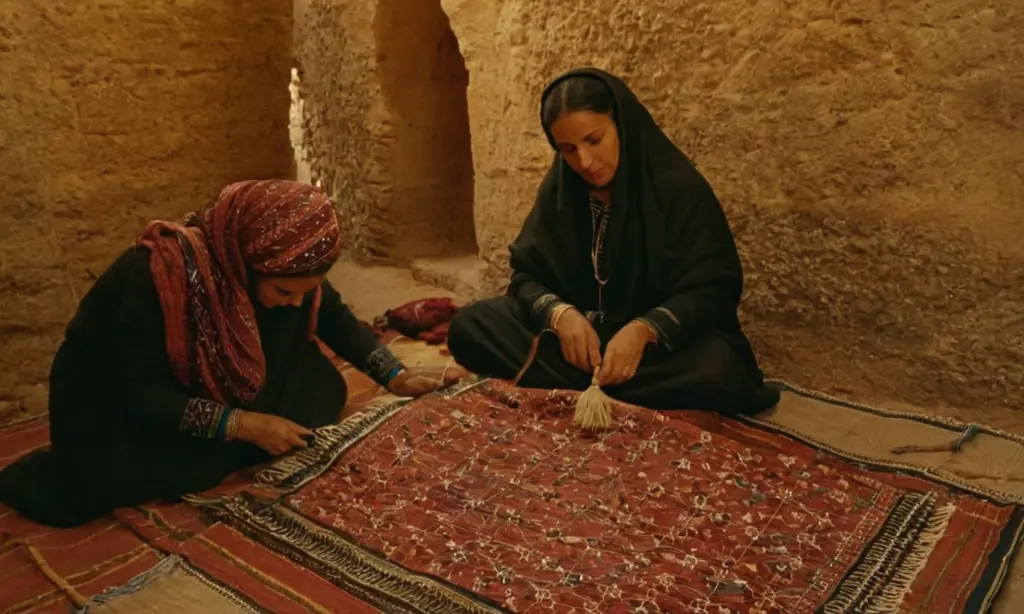
Berber weaving dates back over 2,000 years, rooted in the Amazigh’s nomadic lifestyle. The harsh mountain environment necessitated durable, warm textiles for clothing and blankets, while the intricate designs served as a visual language for storytelling and spiritual protection.
Materials & Techniques
- Wool: Sourced from local sheep, it’s hand-spun into yarn using drop spindles.
- Natural Dyes: Derived from plants (henna, saffron), minerals (ochre), and insects (cochineal), creating earthy reds, yellows, and indigos.
- Horizontal Looms: Wooden looms, often portable, allow weavers to create handwoven carpets, blankets, and tasseled shawls (akhnifs).
Each step (from shearing to dyeing to weaving) is a communal effort, reflecting the Amazigh value of collective labor (tawiza).
See also Hijab Beyond Borders: Diverse Traditions from Indonesia to Iran
Hijab Beyond Borders: Diverse Traditions from Indonesia to IranSymbols & Stories: The Language of Berber Textiles
Berber textiles are coded with symbols passed down through matrilineal lines. These motifs encode tribal identity, beliefs, and even protective charms against the evil eye.
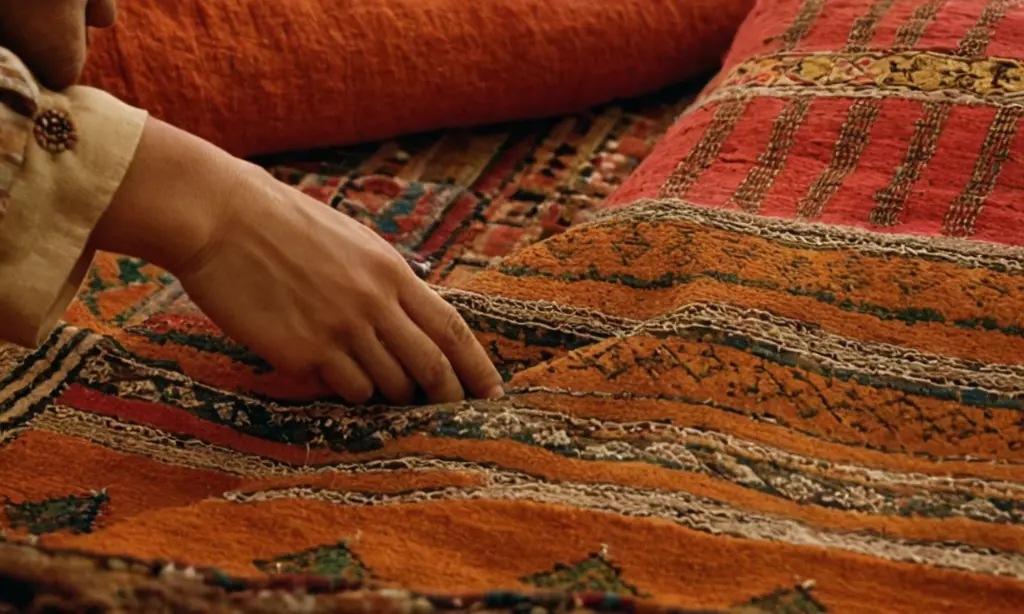
Common Motifs & Meanings
- Diamonds: Represent fertility and the feminine.
- Zigzags: Symbolize water, a precious resource in arid regions.
- Hand of Fatima: A protective emblem against harm.
- Scorpions & Snakes: Ward off danger.
These patterns vary by tribe. For example, the Aït Khabbash tribe uses bold geometric designs, while the Beni Ouarain are famed for their ivory-white carpets with black symbols.
Women as Guardians of Tradition
In Berber culture, weaving is a female-dominated art, taught from mother to daughter. Girls as young as six learn to spin wool, graduating to complex patterns by adolescence.
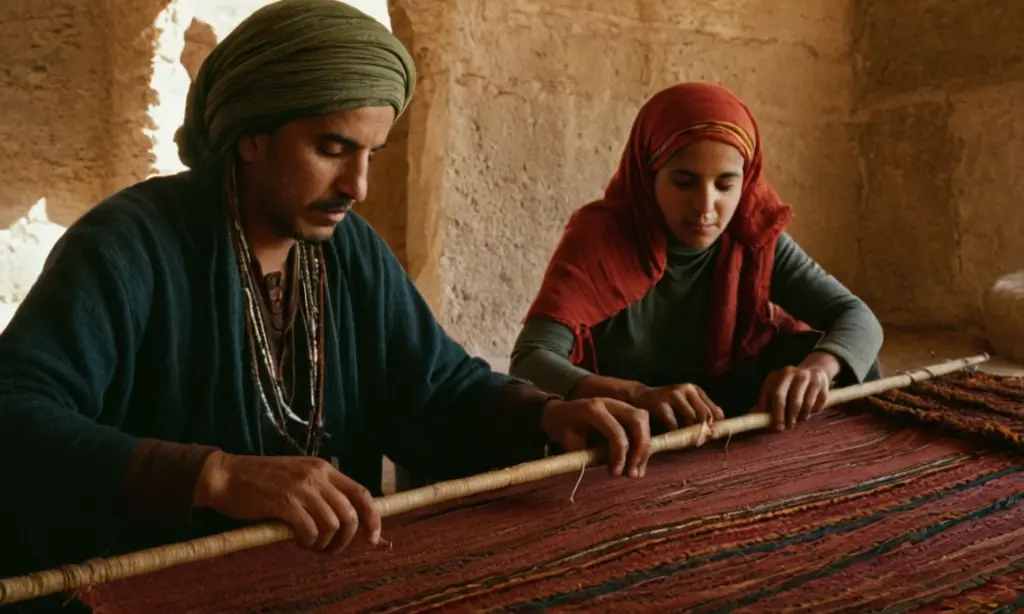
Weaving as Empowerment
- Economic Independence: Women sell textiles at local souks or cooperatives, often becoming primary breadwinners.
- Cultural Preservation: Through weaving, oral histories and Amazigh (Tamazight) language endure, despite historical marginalization.
Yet, this role is bittersweet. As one weaver from the High Atlas village of Tazenakht shared: “Our hands ache, but our hearts are proud. Each knot is a prayer for our children’s future.”
See also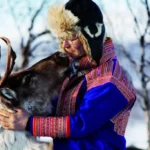 Sami Clothing: Sacred Designs That Mirror Arctic Survival and Nature
Sami Clothing: Sacred Designs That Mirror Arctic Survival and NatureThreats to Tradition: Modern Challenges
Despite its cultural significance, Berber weaving faces existential threats:
- Urban Migration: Younger generations leave villages for cities, lured by education and jobs.
- Synthetic Imports: Cheap, machine-made rugs flood markets, undercutting handwoven goods.
- Climate Change: Droughts reduce wool-producing sheep herds.
In the past 50 years, the number of active weavers has dwindled, risking the loss of ancient techniques.
Preservation Efforts: Weaving a Sustainable Future
A grassroots revival is underway, fueled by NGOs, cooperatives, and global demand for ethical fashion.
Cooperatives & Fair Trade
Organizations like Anou and Femmes du Maroc connect weavers directly to buyers, ensuring fair wages. For example:
- Cooperative Tamounte in the Middle Atlas trains women in quality control and digital marketing.
- The Beni Rugs Initiative partners with designers to create contemporary pieces rooted in tradition.
UNESCO Recognition
In 2022, UNESCO added “The Art of the Moroccan Caftan” to its Intangible Cultural Heritage list, spotlighting Berber contributions to Moroccan textiles.
Eco-Innovation
Weavers are reviving natural dyes and organic wool to meet global sustainability trends. Brands like Izarra and Atelier Karawan blend traditional motifs with modern silhouettes, appealing to luxury markets.
Berber Textiles on the Global Stage
From Paris runways to Los Angeles homes, Berber designs are coveted for their artistry and authenticity.
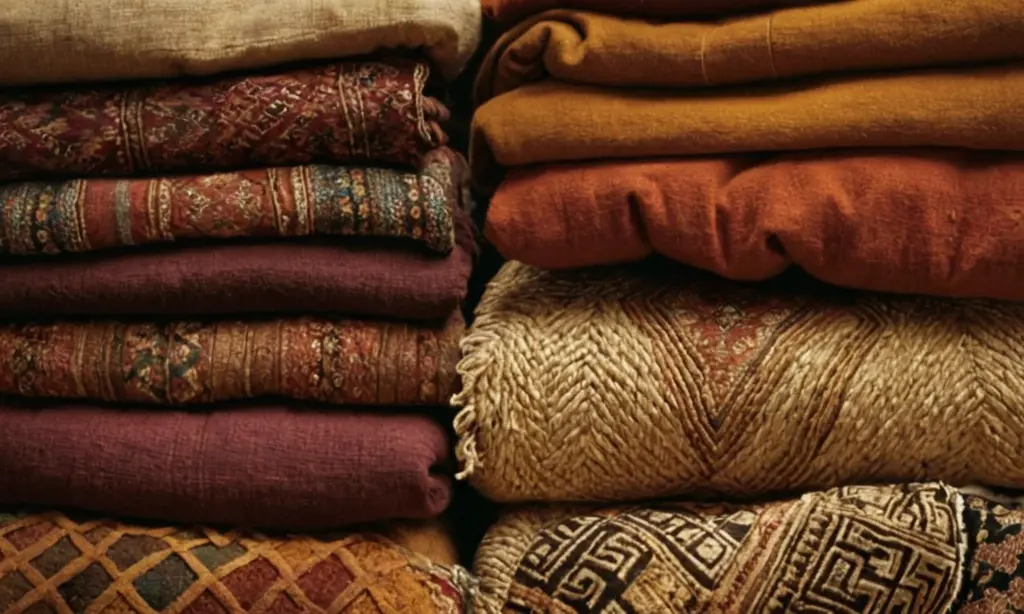
Fashion Collaborations
- Stella McCartney’s 2018 collection featured Beni Ouarain-inspired coats.
- Zara Home and West Elm sell Berber-style rugs, though critics urge support for authentic cooperatives.
Cultural Diplomacy
Exhibitions like “Woven Voices” at the Smithsonian showcase Berber textiles as art, challenging perceptions of “craft” versus “high culture.”
How to Support Berber Weavers
Conscious consumerism can sustain this ancient art:
- Buy Direct: Purchase from cooperatives like Association Tamounte or Anou.
- Educate: Learn to distinguish handwoven pieces (irregular knots, natural dyes) from imitations.
- Advocate: Promote policies that protect Amazigh intellectual property and land rights.
Conclusion: Threads of Resilience
The Berber weavers of the Atlas Mountains are more than artisans they are historians, economists, and innovators. Their textiles weave together past and present, offering the world a model of sustainability and cultural pride. As globalization and climate change loom, supporting these women isn’t just about preserving art; it’s about honoring a way of life that has endured for millennia.
In the words of an Amazigh proverb: “A thread, once woven, cannot be unwound.” May the legacy of Berber weaving continue to bind generations, stories, and hope.
By valuing the labor and lore behind each Berber textile, we ensure that the Atlas Mountains’ ancient whispers are never silenced. From loom to living room, these fabrics remind us that beauty is born of patience, community, and an unbreakable connection to the earth.

